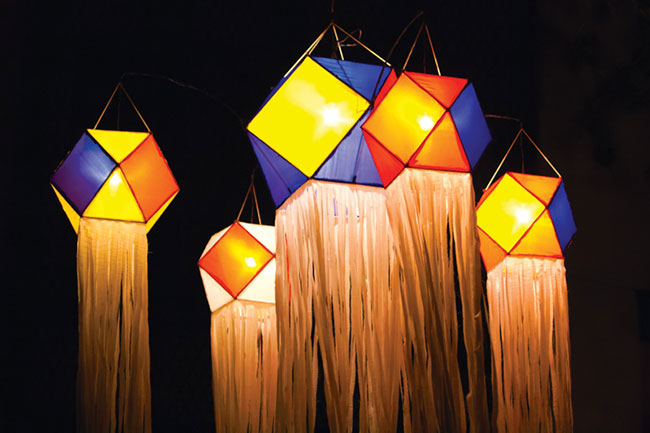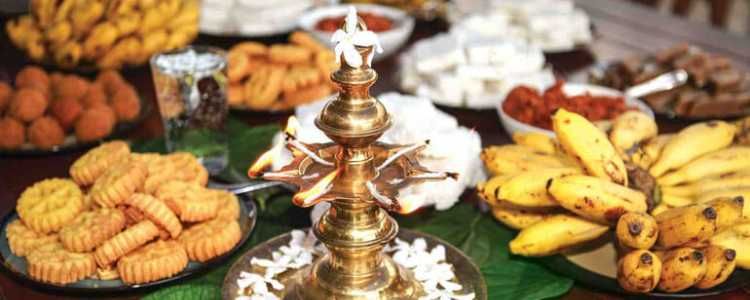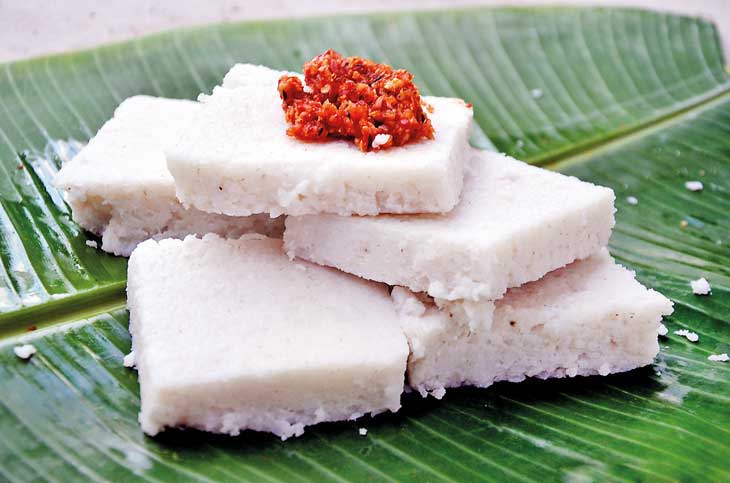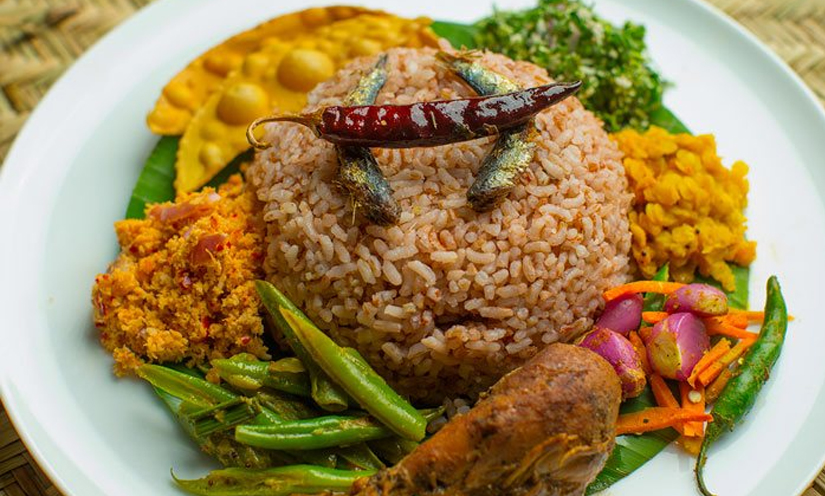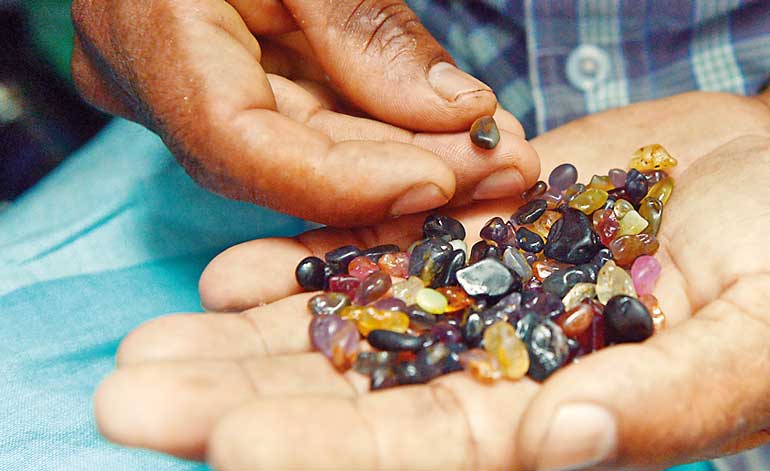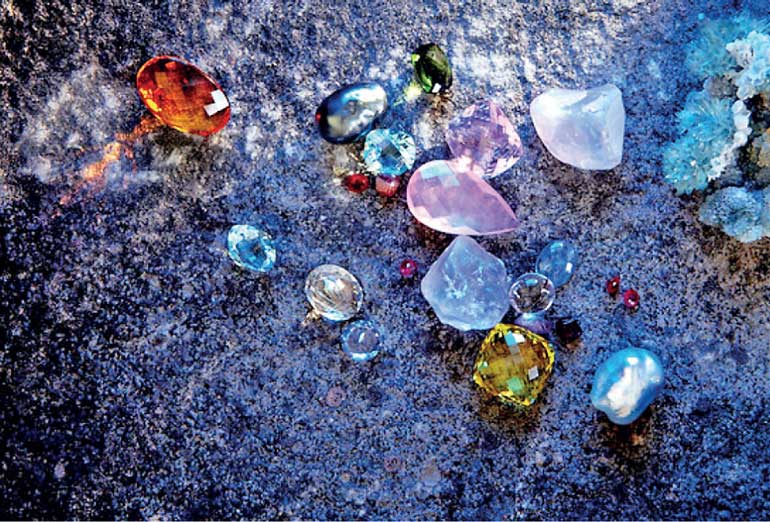CULTURE OF SRI LANKA
The culture of Sri Lanka has been influenced by many factors but hasmanaged to retain much of its ancient aspects. Mostly it has been influenced by its long historyand its Buddhist heritage. The country has a rich artistic tradition, embracing the fine arts, including music, dance, and visual arts. Sri Lankan lifestyle is reflected in cuisine, festivals, and sports. Sri Lankan culture is best known abroad for its cricket, food, holistic medicine, religious icons like the Buddhist flag, and cultural exports such as tea, cinnamon, and gems. Sri Lankan culture is diverse, as it varies from region to region. Sri Lanka boasts of a documented history of over 2000 years mainly due to ancient historic scriptures like Mahawansa. Several centuries of intermittent foreign influence have transformed Sri Lankan culture to the present outlook. Nevertheless, ancient traditions and festivals are celebrated by mostly conservative Sinhalese people of the island, together with other minorities that make up the Sri Lankan identity.

